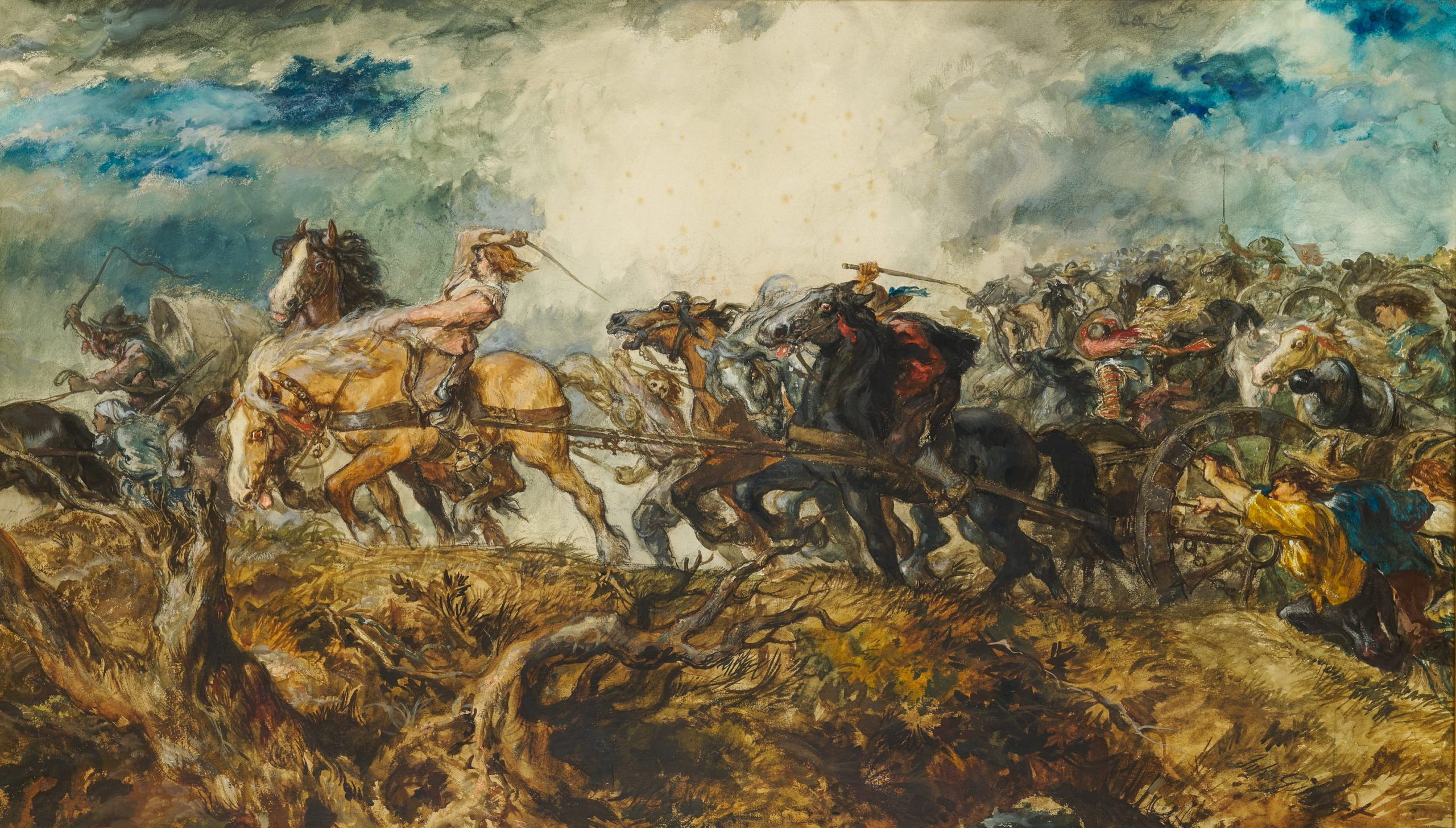
Behavioral science puts old price theories to an end

Low prices gets more customers, high prices gets fewer customers. This is an “old” truth that the business economy has lived by for a very long time. In reality, our buying behavior is considerably more complicated than that, and a higher price can on the contrary increase sales volume.
Traditional knowledge in business economics follows that price and demand have a linear relationship. The management’s marketing strategy in terms of pricing is then simplified to the practice of setting the price so that the total earnings are optimized.
However, modern research complicates this well-known business practice. We humans tend to allow psychology and other non-rational factors influence our behavior and that includes our buying behavior. This strict economic theory does not give the whole picture, though.
When people make decisions in purchasing situations, it is based on an estimate of the product or service value. Of course, that valuation may differ across various situations. For example, an umbrella is much more worthwhile to the buyer when it rains. Still, you see shops that sell umbrellas when it is not raining.
However, the estimated value correlates not only with the personal and current needs, but also on its relation to other products or services of the same kind. Is this product or service of good quality? Is it worth its price? If the answer is “Yes,” the consumer will purchase the product or service and on the contrary, if the product or service is not considered worth its price, then a purchase is unlikely to occur.
Since the consumer often does not know how good the quality of a particular product or service is, the price itself is a quality indicator. The value thus rises in the consumer’s eyes as the price rises. This is not about status or a desire to show off wealth. Of course, this can have a determining effect, but the principle applies in a general sense and also to products that do not have “status” attached to them.
An everyday example can be a pair of winter shoes. In the shoe store, it is difficult for the consumer who is not able to look at the shoes in-depth, to see if they are of high quality or not. If, on the other hand, the price is high, we assume that the quality and thus the value are higher. Buying low-quality shoes for the winter season, which may start leaking or quickly lose their freshness, is a huge miss, even if they only cost a fraction of the more expensive shoes.
The problem is that you as a consumer do not know this in advance. The cheap shoes can keep the moisture out as well as the expensive ones, but it is uncertain factor, that only time will tell whether your purchase gave you good value or not. However, price is a factor – perhaps the only one – that the consumer has in assessing the (perceived) value of the shoes.
As a company or trader, this becomes an important thing to consider, especially with regard to pricing strategies. A low price means that people also perceive the value as being lower. Therefore, a low price does not, of course, mean higher sales in number. In fact, in some contexts it can be just the opposite. Too low a price can lead to reduced sales as “cheap” signals poor quality and value to the (potential) customer.
Price is therefore important in itself. Companies need to understand that a correctly set price is not about placement on a linear graph, but about finding the point where consumers’ perceived value is the greatest.
The next question then helps to know how this value can be found, where is the optimal price? The answer is perhaps obvious: You ask the consumers. By asking consumers to value different products and indicate what they would be willing to pay, you get results for price indicators for a specific product or service. You can then see the true balance between price and sales volume. This can be refined through a number of variables and it is also possible to work across different markets.
The results are analyzed and processed and at the other end, there is a graph that looks very different from a “standard” graph analysis. Instead of just a linear relationship, it becomes a two-way staircase where different price plateaus and price walls appear in the data.
So, we humans do not act according to the classical and traditional economic theory mentioned earlier. Psychologically, we perceive a low price as lower quality and thus of lower value. The price we as consumers are prepared to pay is about what we perceive as “worth the money.” In this situation, a higher price can be a sales advantage too good an opportunity to pass up on.
An estimated 95% of companies today use a simplified model for pricing their products and services. You guess, use cost-based pricing or predetermined marginal goals. However, if the actual willingness to pay is included in the calculation, the profit margin can often increase by 25–40%. Sometimes even more!
This means that the price of the products can be significantly improved. Businesses and traders, many perhaps pressed under small margins, can, through such an analysis, have a more stable basis for their pricing. Profitability is increased and they have better opportunities to develop their business.
Of course, this is based on the fact that the products or services are genuine. Trying to bluff consumers by setting a high price on a substandard product or service is not going to be a success. This will quickly have a detrimental effect and damage the brand significantly.
The importance of consumers’ perceived value may not be revolutionary. However, it is a new process how this value can be investigated and analyzed. In this, behavioral science and psychology play a greater role than the classical and traditional economic theory. Pricing strategy becomes a whole new ball game, once you know what the consumer is willing to pay for a product or service.
Per Sjöfors
Founder
Sjofors & Partners
www.sjofors.com
- Adapt or… - January 11, 2021
- Business learnings from The Art of War by Sun Tzu (5th century BC) - December 28, 2020
- Your business and the 2d law of thermodynamics - December 21, 2020






